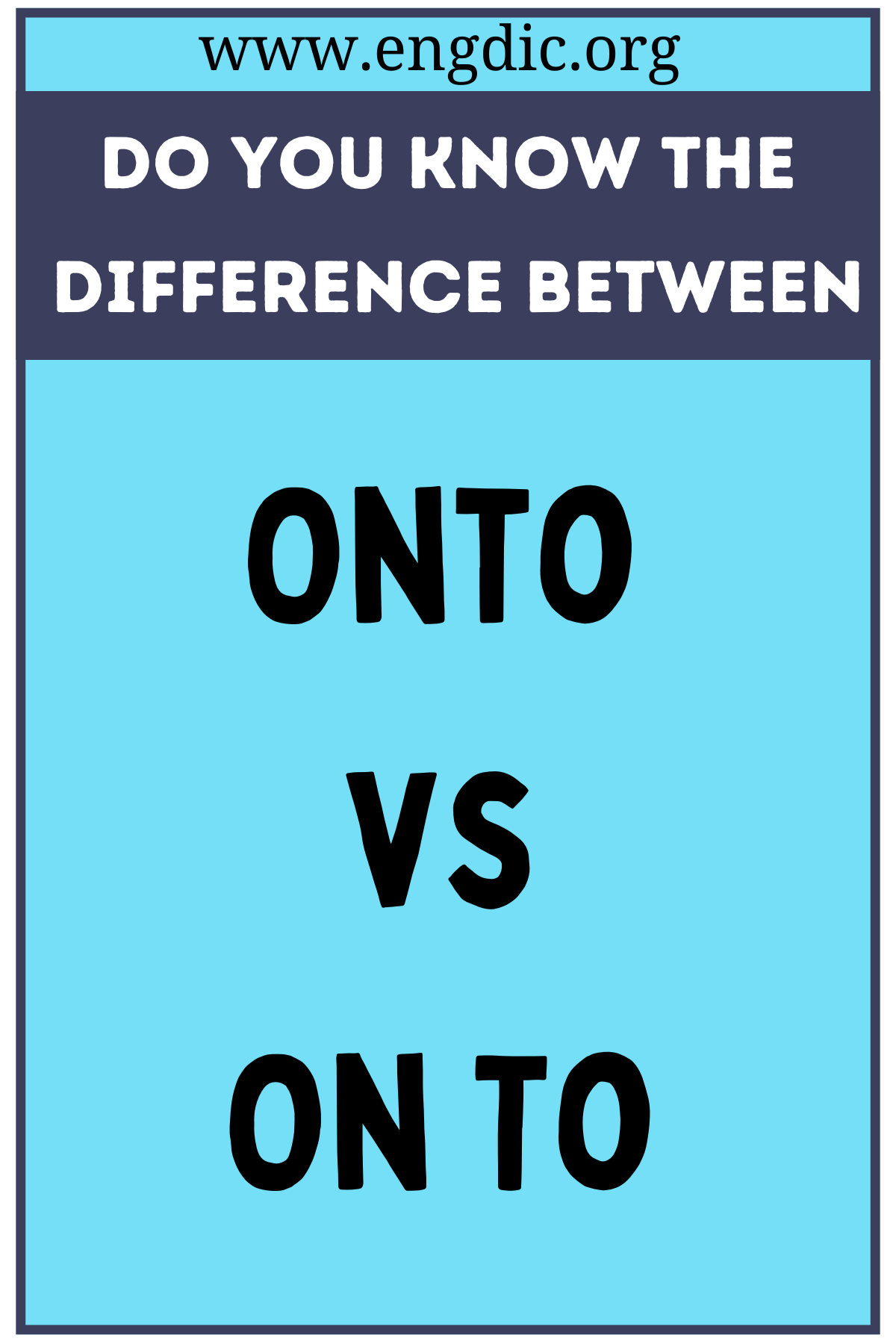Though often used interchangeably, “output” and “outcome” have distinct meanings.
- “Output” refers to the tangible products or deliverables of an activity, such as reports, products, or services.
- In contrast, “outcome” pertains to the broader impact or effect of those products or deliverables on a broader context, like improved health or increased sales.
Essentially, output is about what you produce, whereas outcome focuses on the change or difference that production makes. Understanding this difference helps organizations measure not just what they do but also what their actions achieve.
Output
Definition: The quantity of something produced or manufactured.
Usage:
- Measurement: Quantifiable products, such as the number of units produced in a factory.
- Example: The factory’s monthly output is 10,000 units.
- Performance Indicator: Evaluates the efficiency of processes or systems.
- Example: The team’s output was used to measure their productivity.
- Technical Contexts: Common in engineering, economics, and information technology.
- Example: The program’s output includes logs and error messages.
Outcome
Definition: The result or consequence of an action or process.
Usage:
- Impact Evaluation: Measures the effectiveness of initiatives in terms of results.
- Example: The outcome of the health campaign was a significant reduction in disease rates.
- Strategic Planning: Focuses on the long-term effects rather than immediate results.
- Example: The program’s outcome will be evaluated in five years to assess its full impact.
- Policy Analysis: Informs policymakers of the broader social or economic implications of actions.
- Example: The outcome of the new policy on housing affordability will be studied next year.







